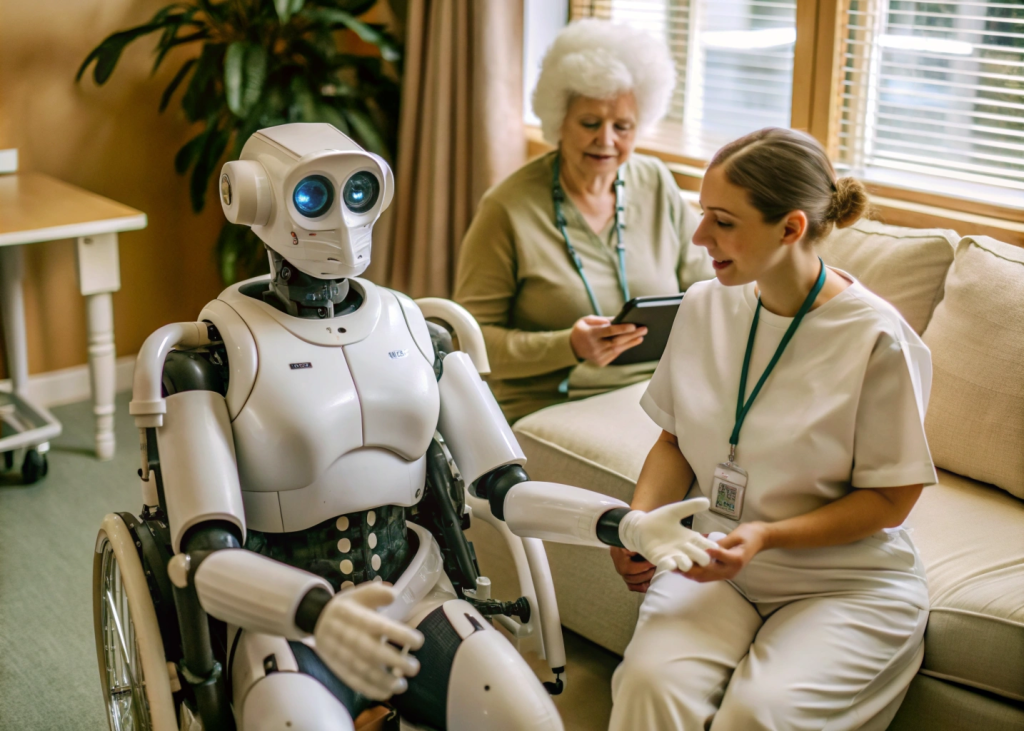The Rise of Nursing Robots in Healthcare
Nursing robots are rapidly gaining traction in hospitals and care facilities around the world. These sophisticated machines are designed to:
- Assist nurses with routine tasks
- Monitor patients’ vital signs
- Dispense medications accurately
- Provide companionship to patients
The integration of nursing robots into healthcare settings is driven by several factors:
- Increasing healthcare demands due to aging populations
- Shortages of skilled nursing staff
- The need for improved efficiency and accuracy in patient care
As technology continues to advance, nursing robots are becoming more capable and adaptable, making them an invaluable asset in modern healthcare environments.
Key Functions and Benefits of Nursing Robots
Nursing robots offer a wide range of functions that can significantly improve patient care and support healthcare staff:
- Patient Monitoring: Robots can continuously track vital signs and alert staff to any changes in a patient’s condition.
- Medication Management: Automated dispensing systems reduce errors and ensure patients receive the right medications at the right time.
- Physical Assistance: Some robots can help patients with mobility issues or assist nurses in lifting and moving patients safely.
- Companionship: Social robots can provide emotional support and engagement for patients, particularly in long-term care settings.
- Infection Control: UV-disinfecting robots can help maintain a sterile environment, reducing the risk of hospital-acquired infections.
The benefits of implementing nursing robots include:
- Improved patient safety and care quality
- Reduced workload for nursing staff, allowing them to focus on complex tasks
- Increased efficiency in healthcare delivery
- Cost savings for healthcare facilities in the long run
Challenges and Considerations in Implementing Nursing Robots
While nursing robots offer numerous advantages, their integration into healthcare settings comes with several challenges:
- Initial Costs: The upfront investment for purchasing and implementing robotic systems can be significant.
- Staff Training: Healthcare professionals need proper training to work effectively alongside robotic assistants.
- Ethical Concerns: Questions about patient privacy, data security, and the balance between human touch and technological efficiency must be addressed.
- Technological Limitations: Current robots may not be able to handle all complex situations or provide the emotional support that human nurses can offer.
To successfully implement nursing robots, healthcare facilities should:
- Develop comprehensive integration strategies
- Invest in ongoing staff education and training
- Establish clear protocols for robot usage and maintenance
- Regularly evaluate the impact of robotic systems on patient care and staff satisfaction
Conclusion
Nursing robots represent a significant leap forward in healthcare technology, offering solutions to many challenges faced by the industry today. While there are hurdles to overcome, the potential benefits in terms of improved patient care, increased efficiency, and support for healthcare staff are immense. As technology continues to evolve, we can expect nursing robots to play an increasingly important role in shaping the future of healthcare delivery.




